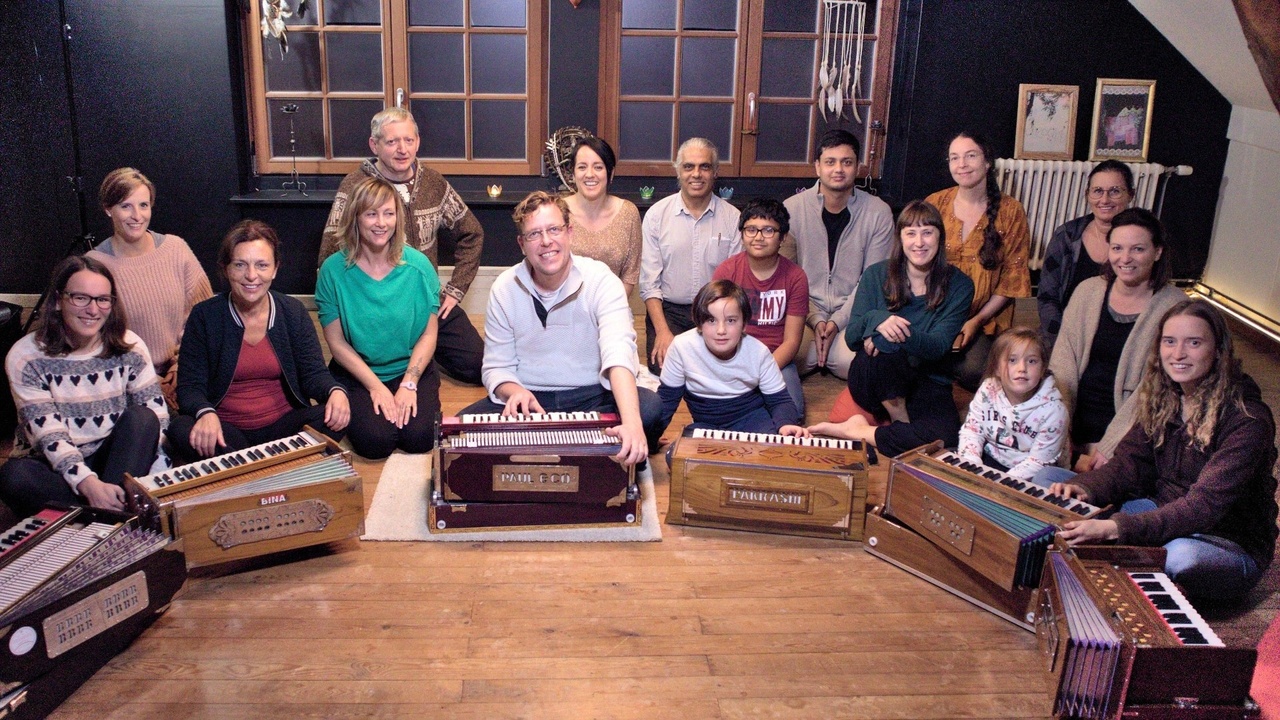
Why The Indian Harmonium Is So Popular
Aug 23, 2022This is what you need to know.
What are the advantages and what is so interesting about the harmonium?
A harmonium has many advantages. One of the most important things to know is that it is relatively accessible to learn. In contrast, some instruments are way more complicated to learn. They might require 10 years of daily practice before you can play them properly. Difficult instruments are for example violin, cello, sarangi, sarod or sitar. A harmonium though is relatively easy and accessible for everyone. It’s very accessible even for people who have never studied music before, have never touched an instrument before or doubt they’re having any musical talent whatsoever. It’s perfectly possible on a harmonium to achieve the skills quite fast to play beautiful, interesting music.
Harmonium – when taught using a smart, simple and proven method – really is accessible for anyone. Musicians often think they are magicians and try to hide their tricks for the public and talk very complicated about music. But really, when you unveil the mystery of music and guide a tour behind the scenes using simple language, you’ll find it’s accessible for anyone who is interested to learn.
The sound of a harmonium is superb to use as an accompaniment instrument. It blends beautifully with the human voice. The harmonium is designed in such a way that the sound contains a lot of richness and is very filling. Often just one harmonium is more than enough to accompany. There is no real need for more instruments to create a beautiful accompaniment. The construction of the harmonium is specially designed to offer a rich sound. There are multiple octaves sounding when playing just one key. Per key mostly you’ll have 2 octaves. Combined with the use of a coupler (not all models have it though) you will have an octave key sounding simultaneously. That makes 2 + 2 octaves = 4 octaves that sound simultaneously when playing just one key. This will produce a very rich sound, perfect to accompany your voice when singing mantras, kirtans, bhajans, etc…

Though the harmonium is an Indian instrument, it originated from the Western piano or organ and that’s why it has the same keys. It’s therefore perfectly possible to study and learn the harmonium using the Western music system. The Western system makes it very simple to acquire quickly a deep and profound knowledge about chords and scales. Though we’ll often be playing Indian – or Indian based music, it is – in all honesty – enough to have just a basic understanding about the Indian classical music system. So we don’t really need a very deep study and training about Indian classical music. That is a huge advantage because Indian music is very complicated and requires a specialistic study that you can only really learn from a guru in a one on one class. You cannot learn Indian classical music quickly and easily, it requires a lifetime dedication.
Since the harmonium derived from the Western organ & piano, the harmonium really has a great advantage. You are able to use the Western music system for learning the instrument. This in combination with understanding the core principles from the Indian system, without leading us too far in the Indian system and being lost in the details. This would consume a lot of our time and energy and is really not necessary. In fact the harmonium is anyway rarely being used in Indian classical music. It’s mostly used in folk style music, bhajans, kirtans and mantras. Another advantage, the harmonium is rather small and easy to transport. For the small size, in contrast, it produces a rich and big sound, perfect to accompany. It is the perfect instrument to use to accompany your voice, alone or in a group, when singing mantras, bhajans, kirtans and that’s why these days hundreds of yoga teachers and meditation practitioners worldwide are taking up the harmonium fast and easily for use in their yoga class, daily meditation or religious practice.
Don't miss a beat!
New moves, motivation, and classes delivered to your inbox.
We hate SPAM. We will never sell your information, for any reason.



